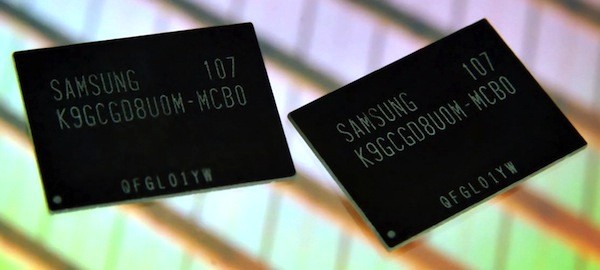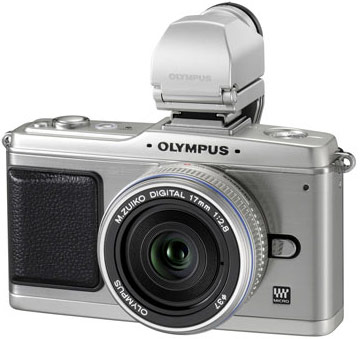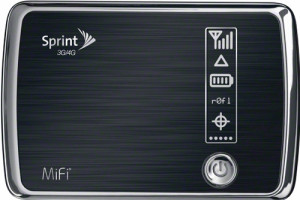Samsung Electronics announced that it is now producing high-performance DDR 2.0 multi-level-cell (MLC) memory chips based on its smallest 20-nanometer (nm) circuitry. DDR2 might have been left behind by AMD and Intel, but Samsung said the interface will “better support the ongoing shift toward advanced interfaces” such as SATA3 and USB3.
DDR NAND flash comes in two forms: Toggle Mode from Samsung and Toshiba; and ONFI NAND, from the Open NAND Flash Interface (ONFI) working group.
The ONFI protocol is used by flash manufacturers such as Intel, Micron, SanDisk. Hynix and Spansion. In March, the ONFI working group announced its 3.0 specification for the DDR 2 interface with up to 400Mbit/sec throughput.
DDR 2.0 provides a 10-fold increase over 40Mbit/sec Single Data Rate (SDR) NAND flash in widespread use today. The new flash memory also triples the performance over 133Mbit/sec toggle DDR 1.0, 32Gbit NAND flash memory, which Samsung and Toshiba have been producing since 2009. “With this 20nm-class, 64Gbit, toggle DDR 2.0 NAND, Samsung is leading the market, which is evolving to fourth-generation smartphones and SATA 6Gbit/sec SSDs,” Wanhoon Hong, executive vice president of memory sales & marketing for Samsung Electronics, said in a statement.
Samsung said that it managed to reach 64Gb density through the use of “advanced 20nm class process technology”, but unlike its rivals, it wouldn’t divulge the exact process node it was using. All Samsung would say is that it fabs its 64Gb MLC NAND flash chips at a process node between 20nm and 29nm.
Wanhoon Hong, EVP of memory sales and marketing at Samsung Electronics said, “With this 20nm-class, 64Gb, toggle DDR 2.0 NAND, Samsung is leading the market, which is evolving to fourth-generation smartphones and SATA 6Gbps SSDs.” Hong has history on his side to back up his claim that Samsung is a market leader. The outfit was the first to produce 32Gb NAND flash that supported the DDR1 interface back in 2009.
While Samsung was the first to produce a working DDR1 32Gb flash module in 2009, the unit went into mass production in April 2010. So that means it’ll be a few months yet before manufacturers can get their hands on Samsung’s latest and greatest flash chips.
The majority of NAND flash chips in use support 40Mbit/s single data rate interfaces. So even when Samsung does put its 64Gb DDR2 flash chips into mass production, don’t expect these chips to appear in anything but the most expensive SSDs or smartphones and tablets for a while.
[ttjad keyword=”electronic”]



